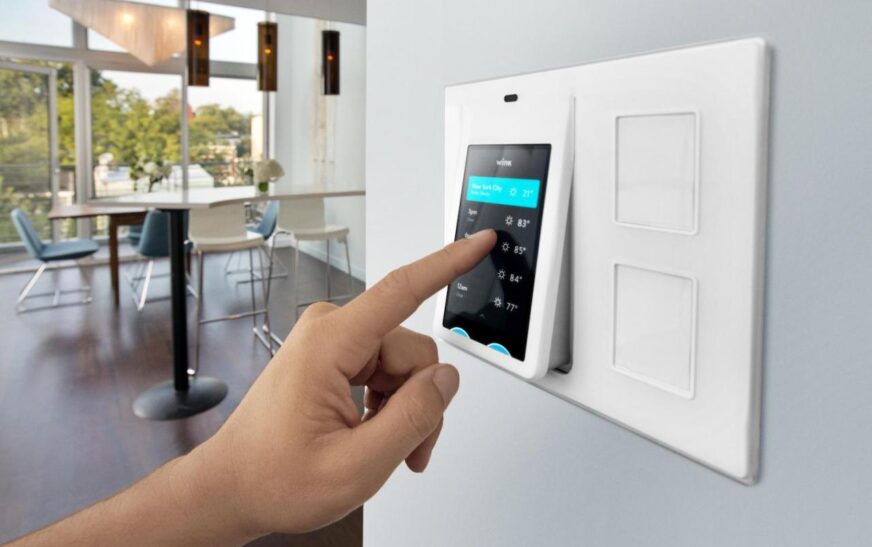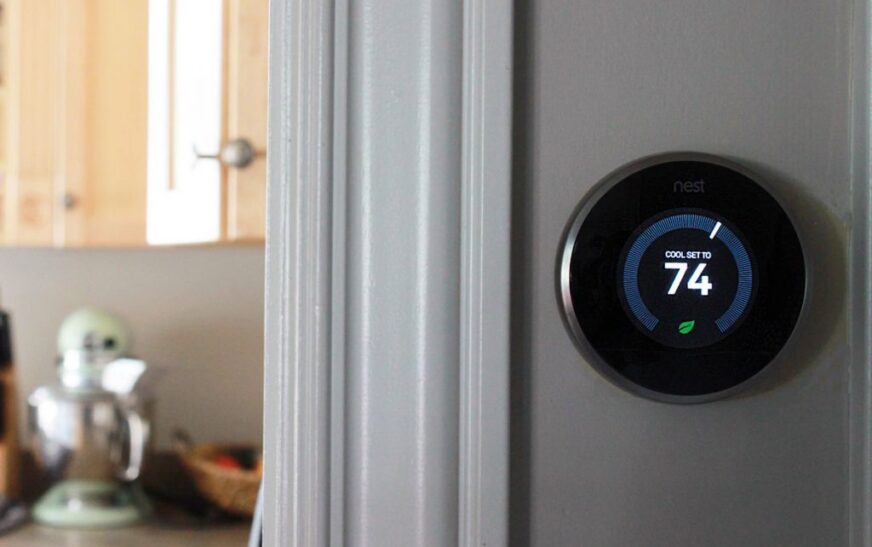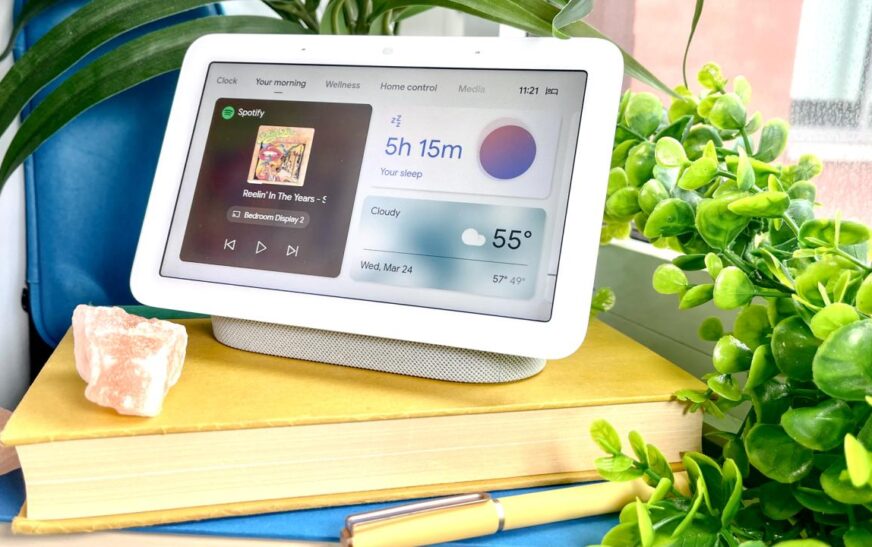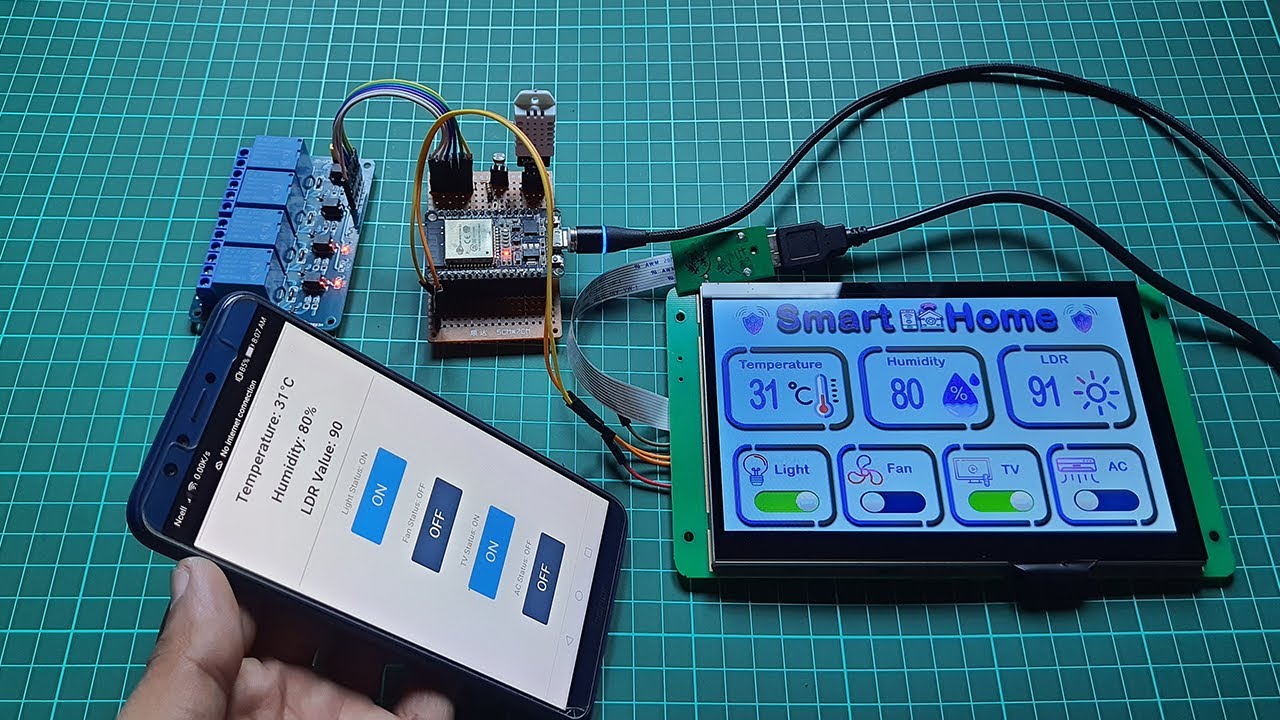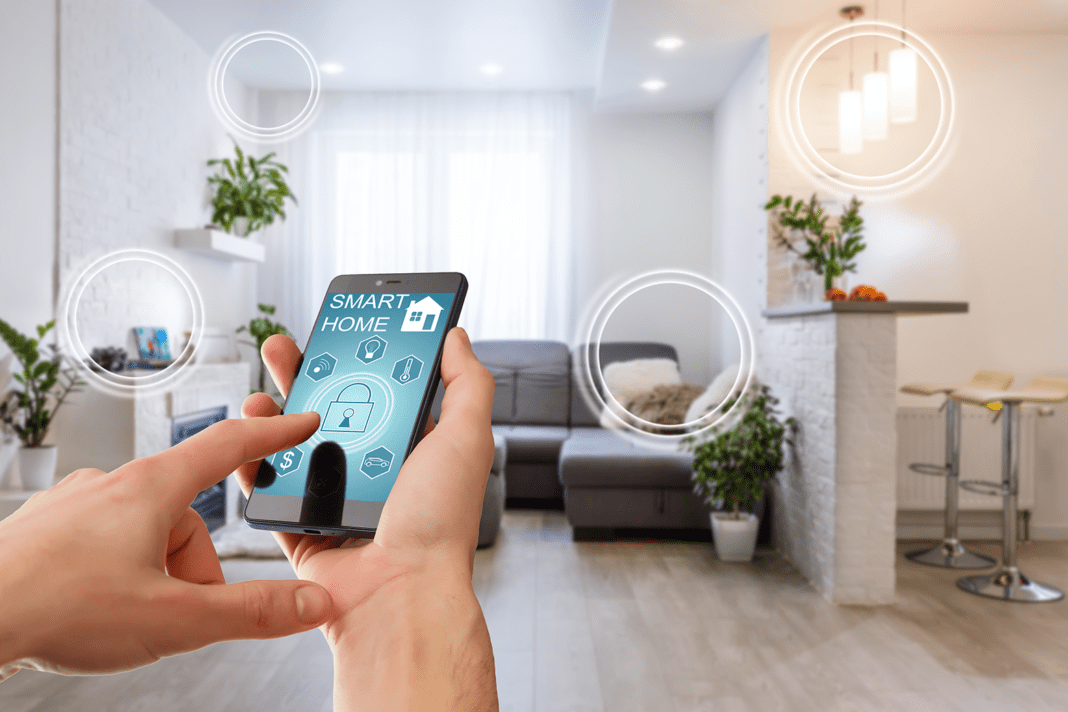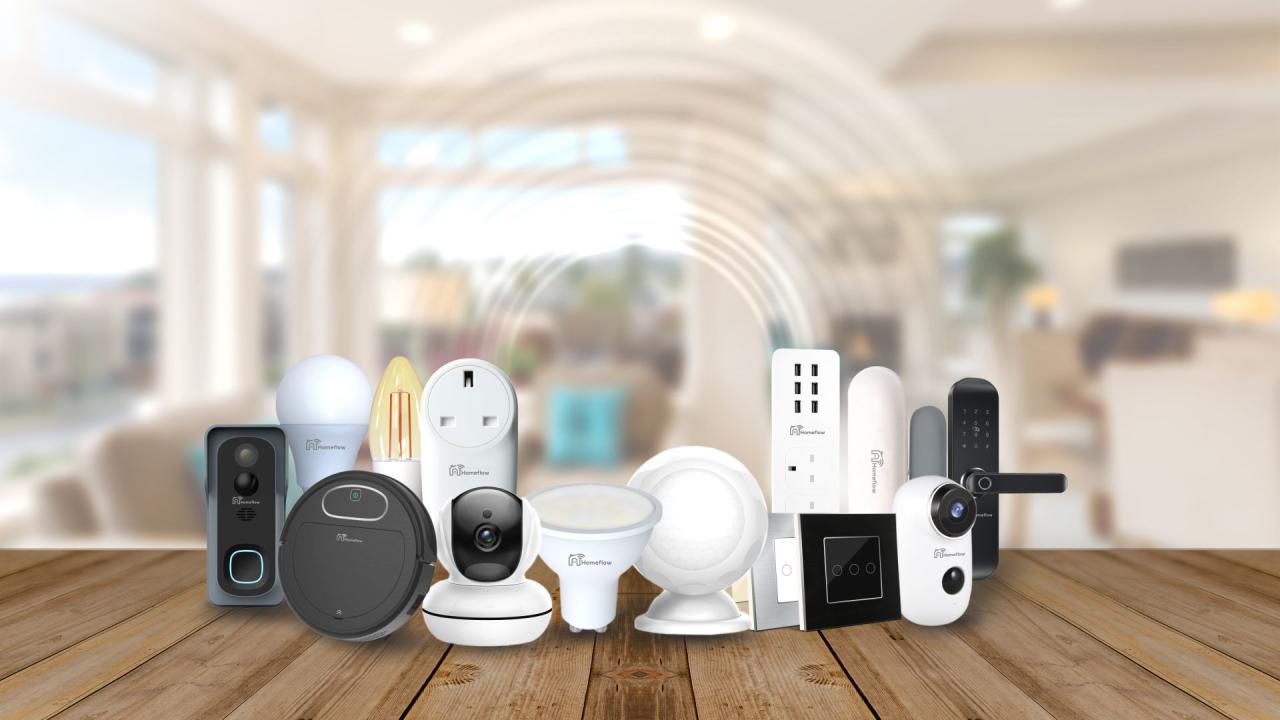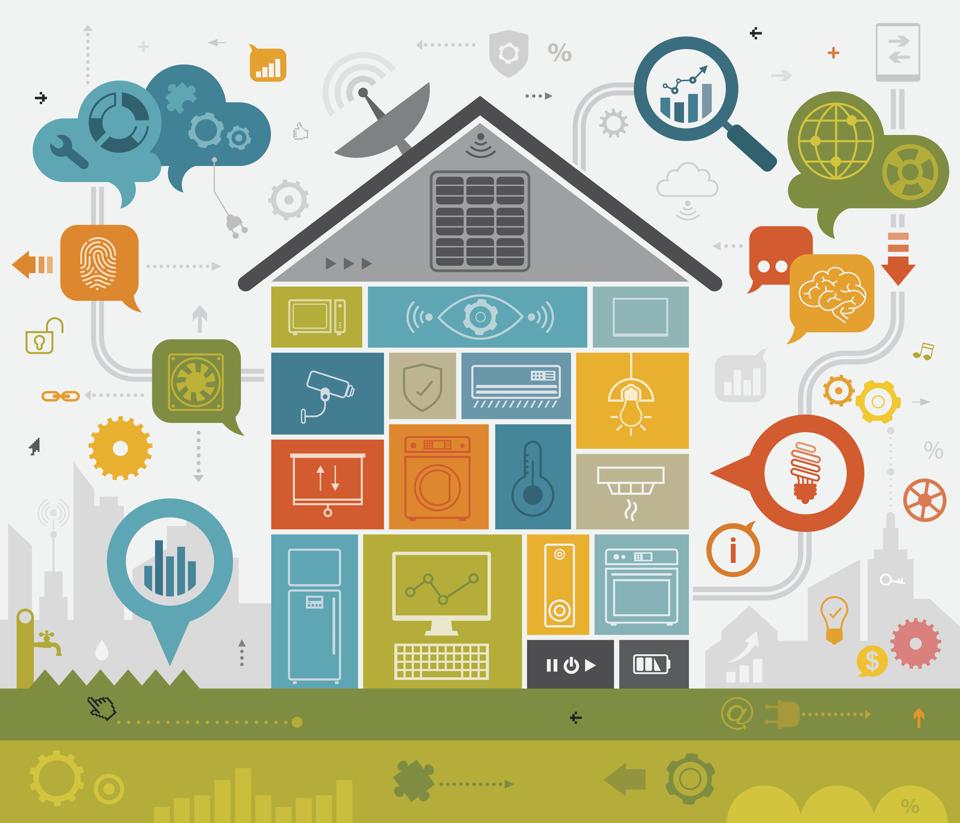How to Use Smart Gadgets for Home Maintenance introduces a modern approach to taking care of your home, leveraging technology to make the process more efficient and effective. From smart thermostats to leak detectors and security cameras, this guide will walk you through the benefits and practicalities of incorporating these gadgets into your home maintenance routine.
Introduction to Smart Gadgets for Home Maintenance
Smart gadgets for home maintenance refer to devices equipped with advanced technology that help homeowners in monitoring, controlling, and managing various aspects of their homes. These gadgets are designed to simplify tasks, enhance efficiency, and provide convenience in maintaining a household.Using smart gadgets for home maintenance offers numerous benefits.
Firstly, it enables homeowners to remotely monitor their homes, ensuring security and safety even when they are away. Secondly, smart gadgets help in optimizing energy usage, leading to cost savings and environmental benefits. Additionally, these devices provide real-time data and alerts, allowing for quick response to maintenance issues before they escalate.
Examples of Popular Smart Gadgets for Home Maintenance
- Smart Thermostats: These devices learn the heating and cooling preferences of the household and adjust the temperature accordingly, leading to energy savings.
- Smart Leak Detectors: These gadgets help in detecting water leaks early on, preventing potential water damage and costly repairs.
- Smart Smoke Alarms: Connected to a mobile app, these alarms provide instant alerts in case of smoke or fire, enhancing home safety.
- Smart Locks: These keyless entry systems allow homeowners to control access to their homes remotely, providing convenience and security.
Smart Thermostats
Smart thermostats are innovative devices that help regulate the temperature in your home efficiently, providing both comfort and cost savings. Unlike traditional thermostats, smart thermostats offer advanced features that allow you to control and monitor the temperature remotely through a smartphone app or voice commands.
Functionality of Smart Thermostats
Smart thermostats use sensors to detect changes in temperature and adjust settings accordingly to maintain a comfortable indoor environment. They also have learning capabilities, adapting to your daily routines and preferences to optimize energy usage.
Efficiency Comparison
Smart thermostats are more efficient than traditional thermostats due to their ability to learn and optimize energy consumption. They can detect when you are away from home and adjust the temperature to save energy, ultimately reducing your heating and cooling costs.
Installation and Setup Guide
1. Turn off power
Implementing server-based encryption is crucial for protecting sensitive data. Discover the best practices and methods in How to Implement Server-Based Encryption to safeguard your information from security threats. Stay proactive in enhancing your data security measures to prevent unauthorized access and ensure data integrity.
Before installation, turn off the power to your HVAC system at the breaker.
2. Remove old thermostat
Disconnect the wires from the old thermostat and remove it from the wall.
3. Install mounting plate
Attach the mounting plate provided with the smart thermostat to the wall.
Embracing smart technology can significantly boost your productivity. Learn how to leverage the latest tools and apps in How to Use Smart Technology for Better Productivity to streamline tasks, organize your workflow, and stay focused on your goals. Stay up to date with technological advancements to stay ahead in today’s fast-paced world.
4. Connect wires
Connect the wires from your HVAC system to the corresponding terminals on the smart thermostat.
5. Power up
Setting up a DHCP server is essential for efficient network management. By following the steps outlined in How to Set Up a DHCP Server , you can streamline the process and ensure seamless connectivity for all devices on your network.
Take the time to understand the configuration options and best practices to optimize your network performance.
Restore power to your HVAC system and follow the manufacturer’s instructions to set up your smart thermostat through the app.
Smart Leak Detectors

Smart leak detectors are innovative devices that help prevent water damage in homes by detecting leaks early on. These detectors are equipped with sensors that can identify even the smallest leaks or drips, sending alerts to homeowners before the situation escalates.
Key Features of Smart Leak Detectors, How to Use Smart Gadgets for Home Maintenance
- Automatic Shut-off: Some smart leak detectors have the ability to automatically shut off the water supply when a leak is detected, preventing further damage.
- Remote Monitoring: Look for detectors that offer remote monitoring through a smartphone app, allowing you to check on your home’s water status from anywhere.
- Integration with Smart Home Systems: Choose a detector that can be integrated with other smart home systems, such as smart thermostats or security cameras, for a more comprehensive approach to home maintenance.
- Battery Backup: Opt for detectors with battery backup to ensure they continue working even during power outages.
Optimal Placement of Smart Leak Detectors
Smart leak detectors should be strategically placed in areas prone to leaks or water damage. Here are some tips on where to install them for optimal performance:
- Under sinks and around water fixtures: Place detectors near sinks, toilets, and other water fixtures to catch leaks early.
- Near appliances: Install detectors near water-using appliances like dishwashers, washing machines, and water heaters to prevent potential leaks.
- In the basement: Consider placing detectors in the basement, where leaks can often go undetected and cause significant damage.
- Near the water heater: Water heaters are a common source of leaks, so placing a detector nearby can help you catch issues early.
Smart Security Cameras
Smart security cameras play a crucial role in enhancing home security by providing real-time monitoring and surveillance. These devices offer homeowners peace of mind by allowing them to keep an eye on their property even when they are away. Let’s explore the various types of smart security cameras available in the market and how to set them up effectively.
Types of Smart Security Cameras
- Indoor Cameras: Ideal for monitoring the inside of your home, such as your living room, kitchen, or nursery.
- Outdoor Cameras: Designed to withstand various weather conditions and provide surveillance of the exterior of your property.
- Wireless Cameras: Offer flexibility in terms of installation and can be easily moved around your home.
- Smart Doorbell Cameras: Not only provide video surveillance but also allow you to communicate with visitors at your doorstep.
Setting Up and Integrating Smart Security Cameras
When setting up smart security cameras, ensure they are placed strategically to cover key areas of your home. Make sure they are connected to your home Wi-Fi network for remote access and monitoring. Additionally, consider integrating your smart security cameras with other smart home devices, such as smart lights or smart locks, for enhanced security measures.
Smart Smoke Detectors
Smart smoke detectors play a crucial role in early fire detection, providing an added layer of safety and security to your home. These devices are designed to detect smoke particles in the air, alerting you promptly in case of a potential fire hazard.
Importance of Smart Smoke Detectors
Smart smoke detectors offer several advantages over traditional smoke detectors. They not only sound an alarm in the presence of smoke but can also send alerts to your smartphone, allowing you to take action even when you are away from home.
Some smart smoke detectors can even distinguish between different types of smoke, providing more accurate alerts.
- Smart smoke detectors can be integrated with other smart home devices, such as smart thermostats or security cameras, creating a comprehensive home automation system.
- Regular maintenance and testing of smart smoke detectors are essential to ensure they function properly when needed. Follow the manufacturer’s guidelines for testing and replacing batteries, and make sure to clean the detectors regularly to prevent dust buildup.
- Consider installing multiple smart smoke detectors throughout your home, especially in areas prone to fire hazards such as the kitchen or near fireplaces. This will help ensure comprehensive coverage and early detection in case of a fire.
In conclusion, integrating smart gadgets into your home maintenance routine can not only simplify tasks but also enhance the overall security and safety of your living space. By following the tips and guidelines provided in this guide, you can ensure that your home remains in top-notch condition with minimal effort.

